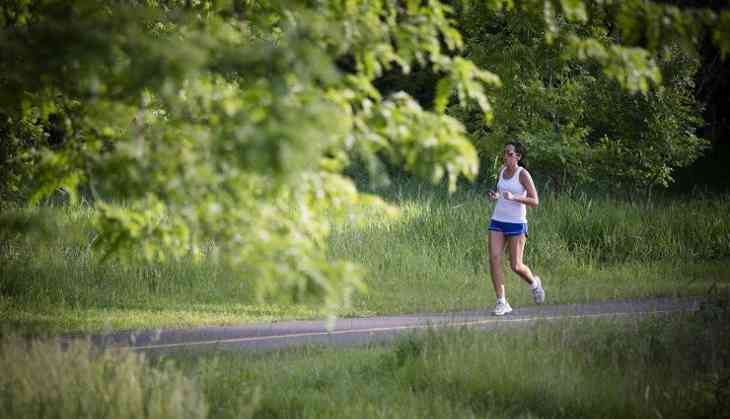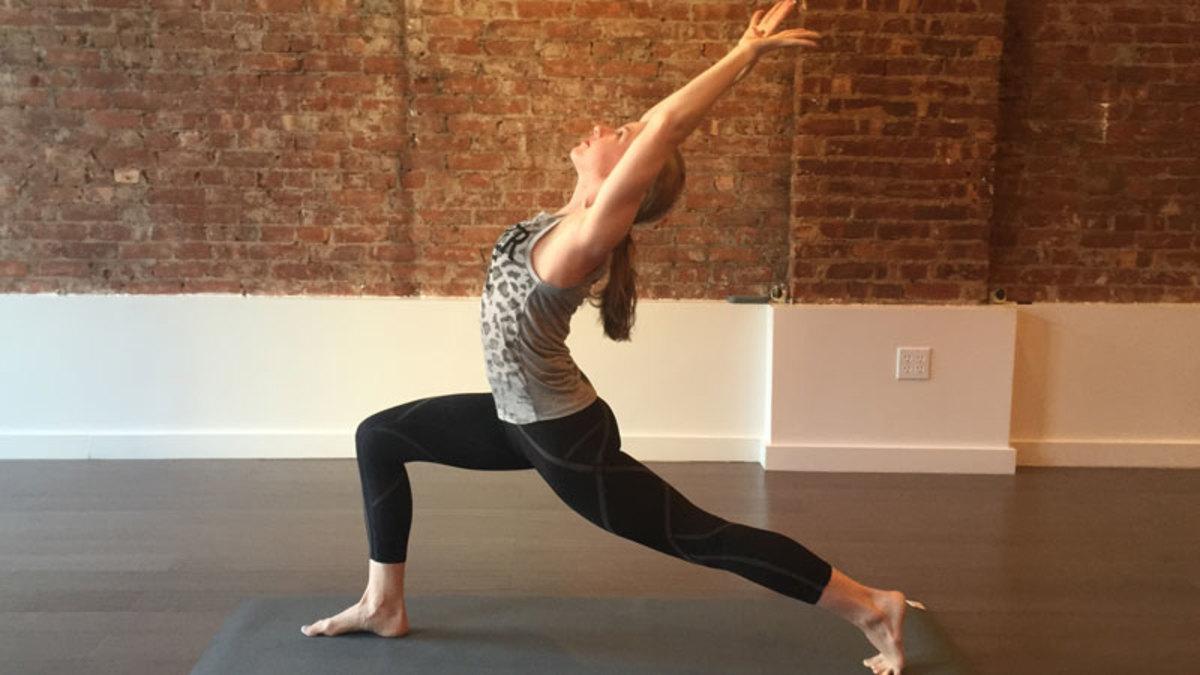World Health Day 2018: Yoga for runners to recover after long runs

Most of the runners after long runs face pain and muscle problem. We have few excercises for you which might make the long runs easy for you. It becomes difficult to motivate yourself to do anything after the tiresome young but you only need 15 minutes for stretching. You don't have to start immediately, take shower and have some food. Try these different five-move yoga sequence to relax your muscles.
Make sure you do all stretches on both sides, and try to stay in each stretch for a couple of minutes to help your body recover more quickly after a run.
Also Read: World Health Day 2018: Download Android health apps to check calorie intake and more

Downward-facing dog
This excercise will help you to open your shoulders, lengthen the spine and back, and stretch through the hips, hamstrings, calves and achilles. It is important to give space to your joints and release the lactic acid and cortisol from the muscle tissue.

Crescent lunge
The sudden thrust will help to stretch the hip flexors and the quads, which is the best after a long run. Everytime you take a step forward, it will shorten your hip flexors. After running, the knees become stiff, so a little moment in the knees could be beneficial.

Ninja lunge
Why This lunge opens the adductors (inner thighs) and starts to stretch the hamstrings and hips a little more deeply. If you can bear to stay up on the ball of your front foot then you also lengthen the fascia on your sole and stretch the arch of your foot, which has been taking the hit of your bodyweight for the duration of your run.

Wide-legged forward fold with bound arms
While running, the posture of a body becomes slightly rounded and the shoulders internally rotate. The weight of the head also shifts slightly forward and this causes stress on upper back and neck. This particular pose will allow your spine to lengthen with gravity and binding your arms also allows your chest and shoulders to open. The wide stretching will allow deeper stretch of the hamstrings and glutes.

Pigeon
Pelvis is the centre of body, so legs come out from it and your spine up from it. This posture signifies that there are lot of interconnected muscles and connective tissue that keep everything secure. This particular pose allows these muscles and tendons to release and lengthen, especially the glutes, and psoas.
Also Read: World Health Day 2018: Five tips that can make dieting easy
First published: 7 April 2018, 17:05 IST
